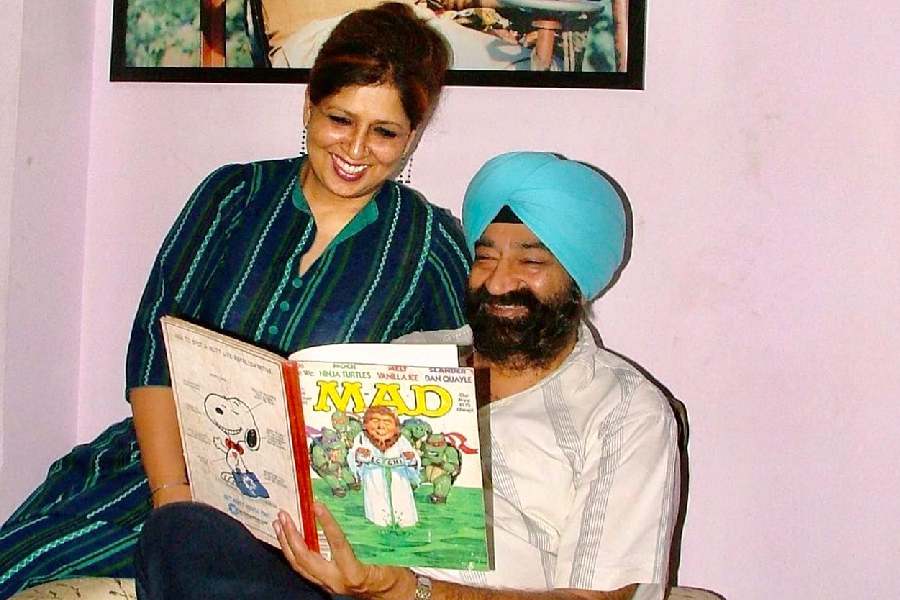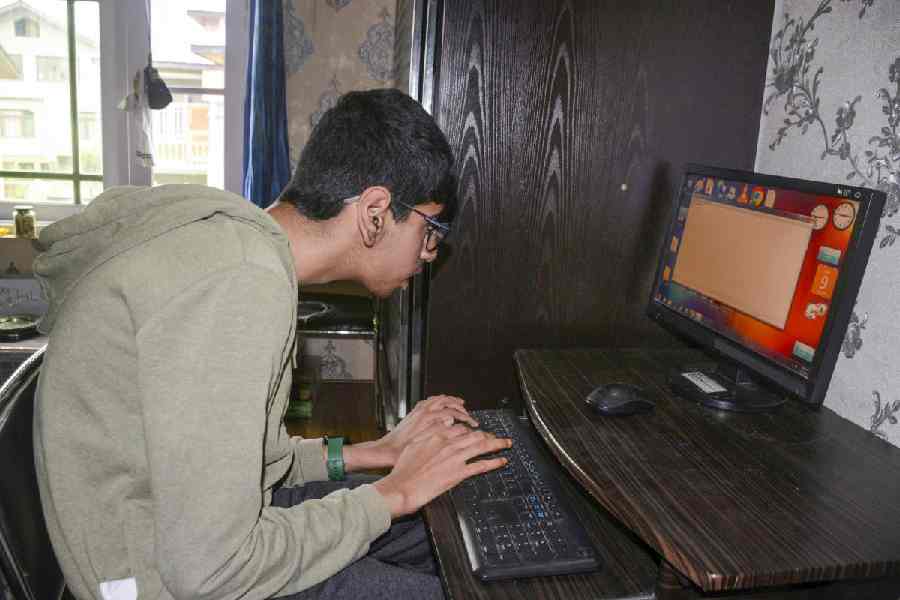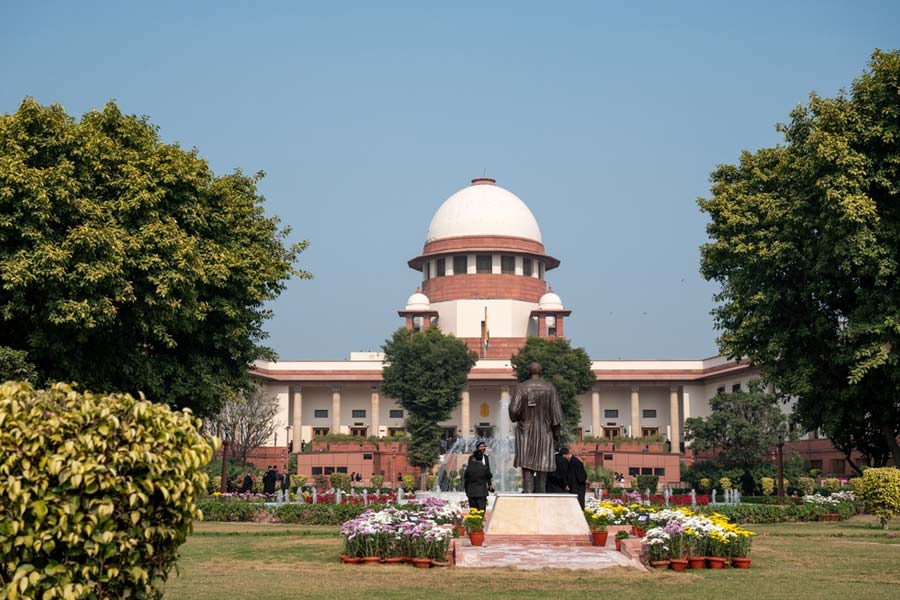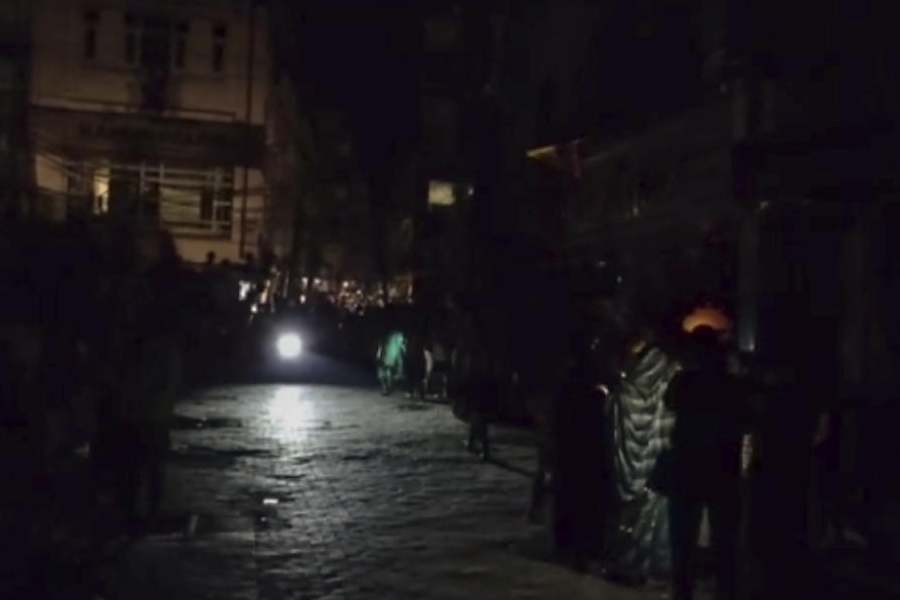 |
| A crocodile at the Bhitarkanika Wildlife Sanctuary. Telegraph picture |
Kendrapara, Aug. 24: The state forest personnel set free a large number of crocodiles bred in captivity at the Bhitarkanika Wildlife Sanctuary to check human interference in the fragile mangrove forest.
“Crocodiles are seemingly performing the role of ‘honorary forest guards’ in the core area of the wildlife sanctuary. The fear of marauding crocs greatly regulates human intrusion. Now the crocs’ habitat is being expanded to areas subjected to deforestation,” said divisional forest officer of the Rajnagar Mangrove (Wildlife) Forest Division Manoj Kumar Mohapatra.
According to the forest officials, nearly 100 crocodiles were released into the water bodies in Kharinasi and Jamboo areas of the sanctuary during the past fortnight.
These pockets, located at the southern-most part of the 672-sqkm sanctuary, have minimal forest cover.
A number of thickly populated human settlements dot the area under the sanctuary’s jurisdiction.
“We are trying to regenerate denuded mangrove or tidal forest and there is ample scope for afforestation along the Mahanadi deltaic region. These patches are conducive for mangrove as there is regular inflow of tidal inundation with fresh water coupled with swampy soil conditions. However, the principal cause of worry is frequent human interference. This is the reason why the croccodiles’ habitation corridor is being expanded,” Mohapatra said.
Local residents regularly cut down mangrove trees and avail of the green fields for cultivation of paddy and shrimp across these areas, said the conservationists.
“We are pressing into service these reptiles for a dual purpose — forest regeneration and crocodile conservation programme. Once crocodiles are firmly ensconced in the water inlets, human intrusion will naturally be curtailed,” said Durga Prasad Sahu, forest range officer, Rajnagar Mangrove (Wildlife) Forest Division.
The water bodies, nullahs and innumerable creeks that meander through these wetlands, are infested with hundreds of salt-water crocodiles.
Crocodiles are bred in captivity in the wildlife sanctuary’s Crocodile Research Centre.
The newborn hatchlings are reared and nurtured for three to four years before being released in the wild as a part of estuarine crocodile conservation programme, officials said.
Earlier crocodiles used to be released in the core areas of the sanctuary.
However, this time, the reptiles were set free in areas where human beings had been found disturbing the forest ecology, said the forest officials.










